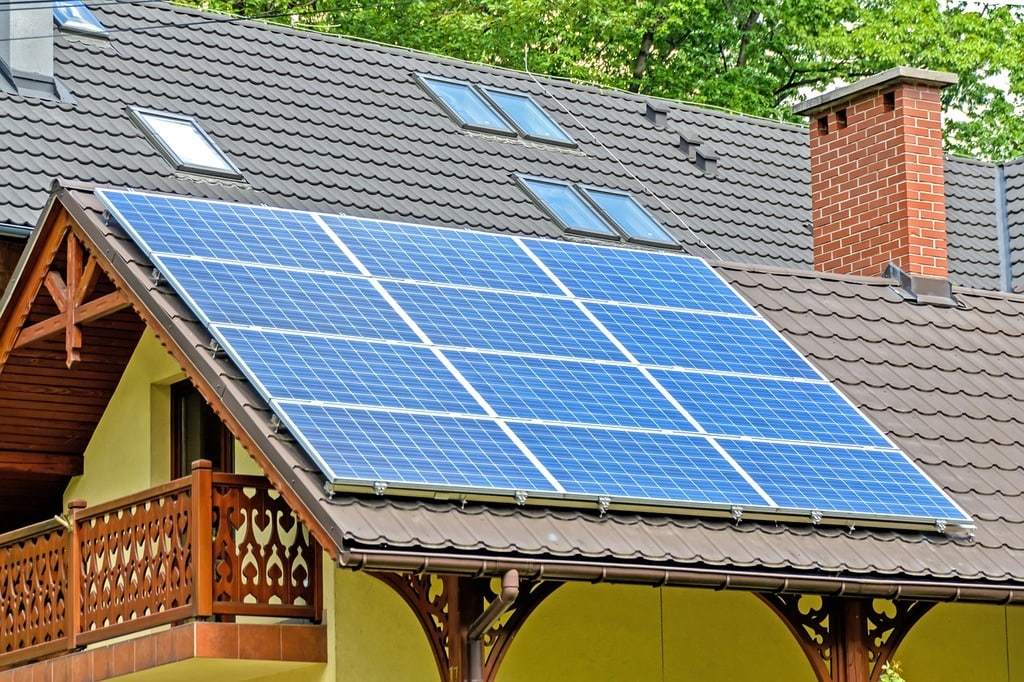
The latest tech for an eco-friendly home
In recent years, the push for sustainable living has led to a surge in innovative technologies designed to make homes more eco-friendly. These advancements are not only beneficial for the environment but also help homeowners reduce energy bills and create healthier living spaces. As more people become aware of their carbon footprints, integrating the latest green technologies into homes has never been more essential.
Innovative Technologies for an Eco-Friendly Home
One of the most significant strides in eco-friendly home technology is the development of smart home systems. These systems offer real-time monitoring and control over various aspects of the home, significantly improving energy efficiency. Smart thermostats, for instance, learn the household’s schedule and adjust the temperature accordingly, minimizing unnecessary heating or cooling. This not only reduces energy consumption but also lowers utility bills.
Renewable Energy Solutions
The adoption of renewable energy solutions is another crucial component of creating an eco-friendly home. Solar panels have become more affordable and efficient, making them a viable option for many homeowners. These panels convert sunlight into electricity, significantly reducing reliance on fossil fuels. In regions with high solar irradiance, a well-designed solar power system can meet nearly all of a home’s energy needs.
Wind turbines, although less common in residential areas, are also gaining popularity in rural settings. These turbines harness wind energy to generate electricity, offering a complementary solution to solar power. By combining both solar and wind energy systems, homeowners can ensure a more consistent and reliable power supply.

Energy-Efficient Appliances
Modern appliances have become smarter and more energy-efficient, thanks to advancements in technology. Energy Star-rated appliances, for example, use significantly less electricity and water compared to their older counterparts. Refrigerators, washing machines, and dishwashers now come with features that optimize their performance while minimizing energy consumption.
Induction cooktops are another example of energy-efficient appliances. They use electromagnetic energy to directly heat pots and pans, reducing heat loss and cooking times. This technology not only saves energy but also provides a safer and more precise cooking experience.
Water Conservation Technologies
Water conservation is a key aspect of an eco-friendly home. Innovative technologies such as low-flow faucets and showerheads, dual-flush toilets, and smart irrigation systems help reduce water usage without compromising functionality. Greywater recycling systems are also becoming more common, allowing homeowners to reuse water from sinks, showers, and washing machines for irrigation and flushing toilets.
Smart irrigation systems are particularly beneficial for those with gardens or lawns. These systems use weather data and soil moisture sensors to deliver the exact amount of water needed, preventing overwatering and conserving water.
Eco-Friendly Building Materials
The construction and renovation of homes also play a critical role in sustainability. The use of eco-friendly building materials can significantly reduce the environmental impact of a home. Materials such as bamboo, reclaimed wood, and recycled metal are not only sustainable but also durable and aesthetically pleasing.
Insulation is another area where eco-friendly materials can make a significant difference. Products like cellulose insulation, made from recycled paper, and sheep’s wool offer excellent thermal performance while being environmentally friendly. Proper insulation reduces the need for heating and cooling, leading to lower energy consumption.
Practical Tips for an Eco-Friendly Home
Here are some practical tips to help you make your home more eco-friendly:
- Install a smart thermostat: it adjusts the temperature based on your schedule, saving energy and reducing costs.
- Switch to LED lighting: lED bulbs use up to 80% less energy than traditional incandescent bulbs and last much longer.
- Use energy-efficient windows: these windows help maintain indoor temperature, reducing the need for heating and cooling.
- Opt for low-flow fixtures: these reduce water usage in sinks, showers, and toilets without sacrificing performance.
- Incorporate renewable energy sources: solar panels and wind turbines can significantly cut down on your reliance on the grid.
The Benefits of an Eco-Friendly Home
Creating an eco-friendly home offers numerous benefits. Not only does it help reduce environmental impact, but it also leads to significant cost savings over time. Energy-efficient homes often have higher property values and can attract eco-conscious buyers if you decide to sell in the future.
Additionally, an eco-friendly home typically provides a healthier living environment. Reduced reliance on harmful chemicals and better air quality are just a couple of the health benefits associated with green homes. By incorporating sustainable practices and technologies, you contribute to a healthier planet and improve your own quality of life.
Overall, the latest technologies for an eco-friendly home provide practical and effective solutions for those looking to live more sustainably. By embracing these innovations, you can create a home that is not only better for the environment but also more efficient, cost-effective, and comfortable.

